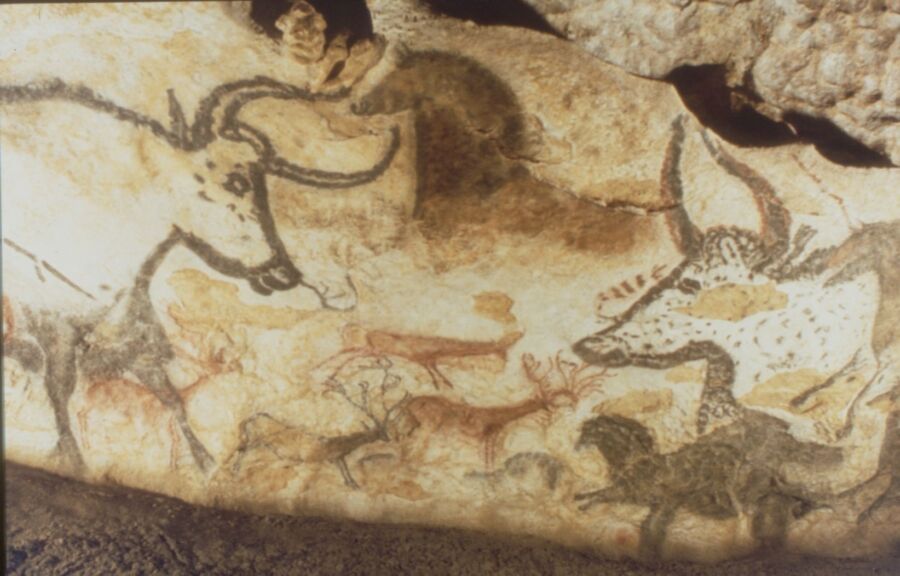
As Europe reopens to travelers, it's more exciting than ever to think of the rich culture that awaits. For me, one of the greatest joys of travel is the personal knowledge of great art and architecture, which I have compiled into the book 100 Greatest Masterpieces in Europe . Here's an old favorite:
The cavemen caves in Lascaux are fascinating in their own way. The walls are painted with animals - bears, wolves, bulls, horses, deer and cats - and even some extinct animals such as the mammoth. Homo sapiens are rarely seen, but human footprints.
All of this happened 20,000 years ago in the Stone Age in what is now southwestern France. It is four times older than Stonehenge and the Egyptian pyramids, which predate the development of writing, metalworking and agriculture. The caves were sculpted entirely by Homo sapiens known as Cro-Magnons, not Neanderthal giants with crunchy brows.
This is not rough writing with a charcoal pencil. Starting around 18,000 BC, cave paintings were an expensive and time-consuming engineering project. It was designed and executed by determined craftsmen with the help of a unified and stable culture. First, they had to transport all the materials to a cold, dark and inaccessible place. (They don't live in deep limestone caves.) The "canvas" is huge: Lascaux caves are longer than a football field, and some animals are 16 feet long. They stopped scaffolding to reach high ceilings and walls. They grind the minerals with a mortar and pestle to mix the colors. They work with torches and oil lamps. You set up the scene by connecting the dots and drawing the lines of the main characters. These Michelangelo Cro-Magnons later expanded the scaffolding to create the Stone Age Sistine Chapel.
The images are very realistic. The artists used wavy black lines to represent animals in motion. Dozens of different colors are used to create different colors. For a "brush" they used a kind of sponge made of animal skin. Another method is to draw a line and then fill it with spray paint - blow through a tube of hollow bone.
Imagine the first. The audience plunges into the cave and is led by a torch into a cold, echoing and otherworldly chamber. Someone lights a flashlight in the dark and suddenly - wow! - The animals come to life and run around the cave like in a prehistoric movie.
Why did these Stone Age people, whose lives could be difficult and stressful, strive to create true luxury as art? Nobody knows. Perhaps, like hunters, they draw animals to replenish the game's inventory with magic. Or maybe they thought that once they could "conquer" the animal by painting it, they could control it in battle. Do they love animals?
Or maybe the paintings are simply the result of human creativity, and these caves were the first art galleries in Europe and brought in the first tourists. Although the caves are currently closed to tourists, the carefully crafted replicas of the nearby caves offer visitors a vivid Stone Age experience.
Today, a visit to Lascaux II and IV, the so-called upside-down caves, allows you to share your experiences with speleologists. Maybe you feel a connection with these long-missing people ... or maybe you are simply amazed at how different they are from us. Ultimately, this wisdom remains a mystery to the human race itself. It's a miracle.

